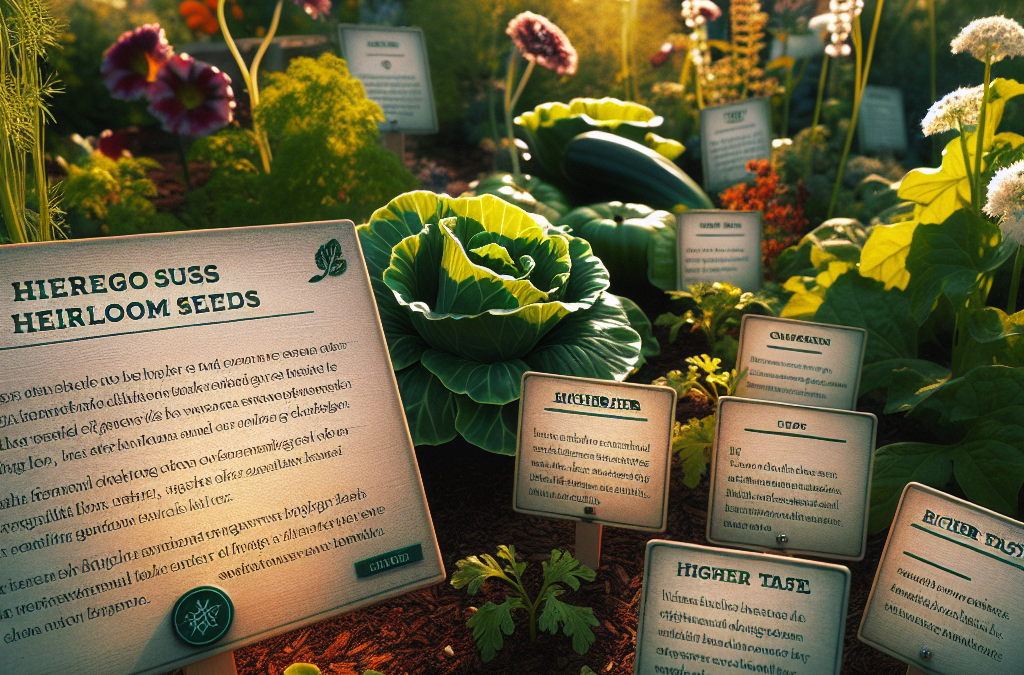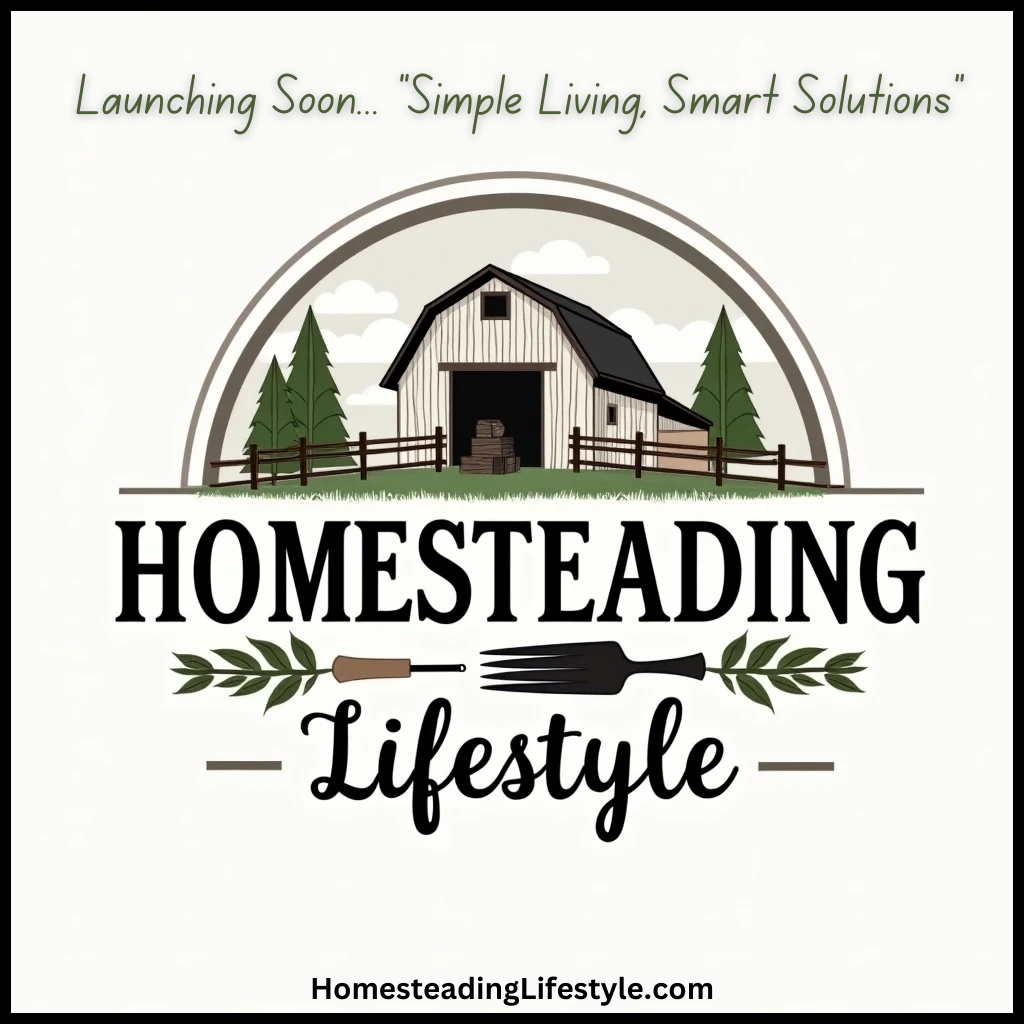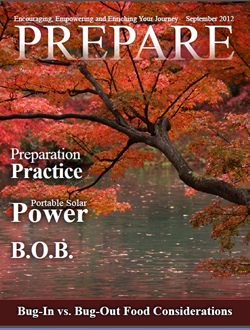Preserving Biodiversity
Understanding Biodiversity
When I first got into gardening, I stumbled upon the term “biodiversity,” and let me tell you, it opened my eyes. Biodiversity refers to the variety of life in the world, and when we talk about plants, it means the different species and varieties that are around. Heirloom seeds are a fantastic way to contribute to biodiversity, helping to keep different plant varieties alive.
Every time you plant an heirloom seed, you’re not just growing a plant; you’re nurturing the genetic diversity that Mother Earth needs to thrive. It’s like being part of a secret club where you help maintain the unique characteristics of plants that have been cultivated for generations. How cool is that?
Plus, these diverse plants are often better suited to local conditions. They’ve adapted over time, meaning they’re more resilient to diseases and pests. So, when you preserve heirloom seeds, you’re also preserving a little piece of history and a lot of potential for the future!
Flavor and Quality
The Taste Factor
Oh man, let’s talk about flavor. If you’ve ever bitten into a store-bought tomato and felt like you were munching on cardboard, you know what I mean. Heirloom varieties, on the other hand, tend to have that rich, robust flavor that makes your taste buds sing. Seriously, garden-to-table connection doesn’t get much better than this!
From the sweetness of heirloom strawberries to the unique tang of different pepper varieties, the taste of heirloom seeds can bring a whole new level to your culinary experiences. When I cook with these beauties, it feels like I’m unlocking gourmet recipes right in my kitchen!
And it’s not just about taste; heirlooms also boast higher nutritional value. They often haven’t been hybridized, which means they’re packed with all the good stuff compared to some commercial varieties. With heirloom seeds, it feels great to know I’m not just eating well; I’m living well.
Cultural Heritage
Connecting with Tradition
Using heirloom seeds is like taking a step back in time and connecting with our ancestors. These seeds carry unique stories and histories tied to specific communities and cultures. When I plant them, I feel this connection to those who came before me, each seed a little piece of their heritage.
Many heirloom seeds were passed down through families or local communities, often safeguarded by loving hands. It’s incredible to think that by growing them, I’m participating in something much bigger than myself—preserving a legacy that’s been handed down for generations.
This cultural significance adds a whole new layer to gardening. It’s not just about growing food; it’s about growing history and understanding the role we play in it. Every time I harvest from my garden, I feel a sense of responsibility and honor for the heritage I’m preserving.
Resilience and Adaptation
Natural Survival Skills
Alright, let me tell you a little secret: heirloom plants are like the survivalists of the garden world. They’ve weathered storms (literally!) and can adapt to local climates and soil conditions better than many modern hybrids. I’ve noticed that my heirloom veggies are tougher, and they thrive even when the weather isn’t perfect.
This resilience is key, especially in today’s changing environment. When I choose heirlooms, I’m betting on plants that have proved their worth over time; they’ve survived pests, droughts, and assorted weather woes. This gives me such peace of mind as a gardener!
Moreover, local adaptations mean that my heirlooms’ taste and hardiness are more suited to my region. It’s a win-win situation: less input on my part and better growth on theirs! It’s like having a special ally in my gardening journey.
Self-Sufficiency
The Joy of Saving Seeds
Self-sufficiency: isn’t that what we’re all aiming for in one way or another? One of my favorite aspects of growing heirloom seeds is the ability to save seeds from my best plants for the next season. It feels like a little victory each time I do it!
By saving seeds, I’m not just ensuring my garden will thrive, but I’m also cutting down on costs. It’s a practical step towards making my garden sustainable. It gives me this rewarding feeling of independence and creativity, as I selectively choose the best traits to carry on year after year.
There’s also something deeply satisfying about teaching others this skill. Whenever I share my experience of saving seeds, I see the spark of excitement in fellow gardeners’ eyes. It’s not just about gardening anymore—it’s about creating a community passionate about sustainability together.
Frequently Asked Questions
What are heirloom seeds?
Heirloom seeds are varieties that have been passed down through generations, often cultivated for their unique flavors, agricultural traits, and adaptability. They are open-pollinated, meaning they can reproduce their qualities through seeds saved from each harvest.
Why should I choose heirloom seeds over hybrid varieties?
Heirloom seeds tend to offer better flavor, nutritional value, and adaptability to local growing conditions. They also support biodiversity and preserve cultural heritage and traditional growing practices. Plus, you can save seeds from heirloom plants for future planting!
Are heirloom seeds better for the environment?
Absolutely! Growing heirloom seeds helps maintain biodiversity and encourages resilient crops that can withstand climate shifts and pests without relying on chemical interventions. They contribute to a more sustainable gardening practice overall.
How do I save seeds from my heirloom plants?
To save seeds, allow your plants to fully mature until the fruits or pods have dried. Carefully harvest the seeds, cleaning them of any plant debris. Store the seeds in a cool, dry place in paper envelopes or jars until you’re ready to plant them next season.
Can anyone grow heirloom seeds?
Definitely! Heirloom seeds can be grown in home gardens, community gardens, or even potted plants on balconies. They’re accessible and a great way to start gardening or enhance your existing garden with unique varieties.





